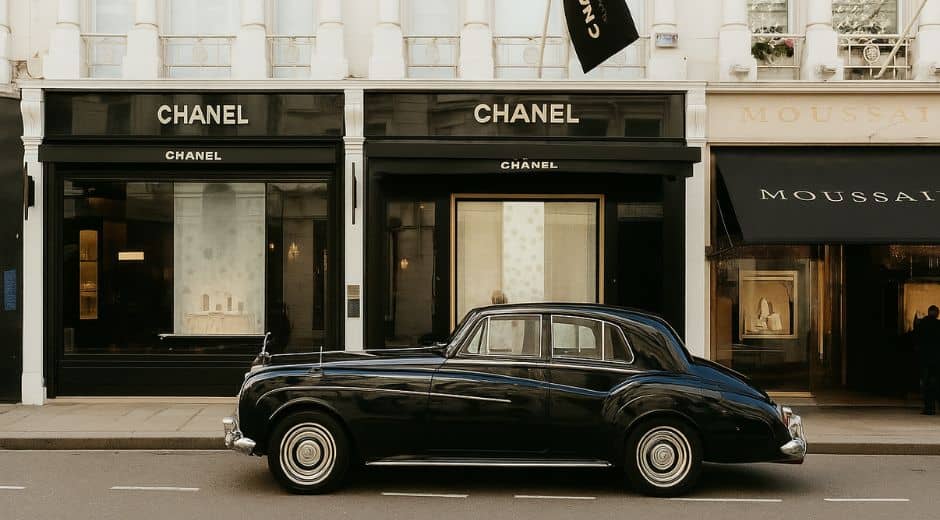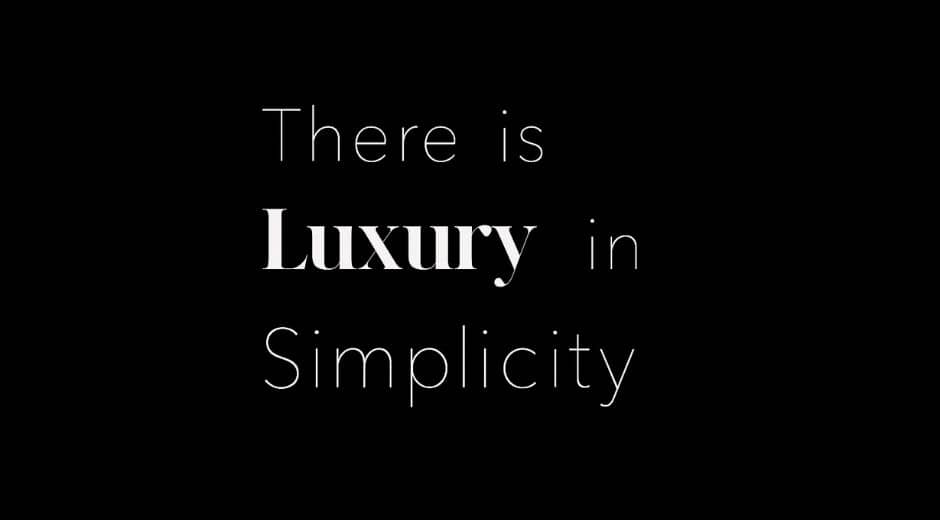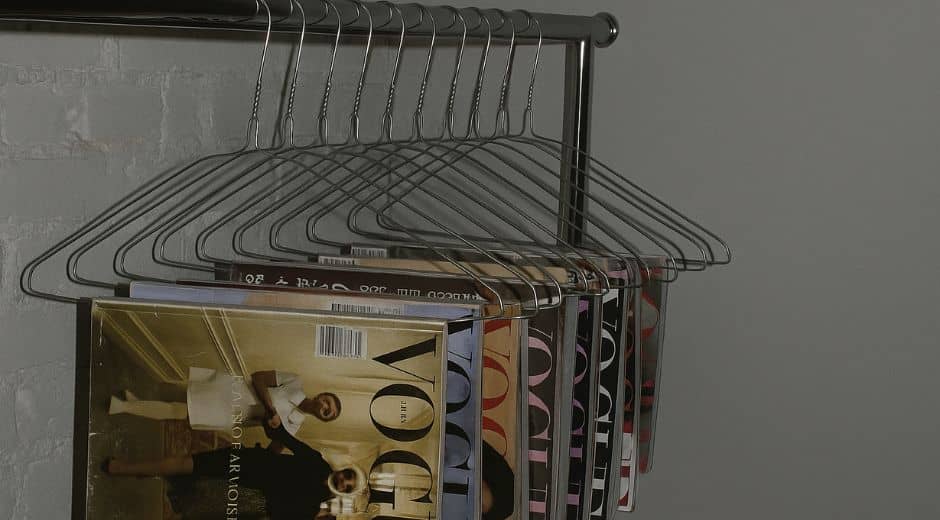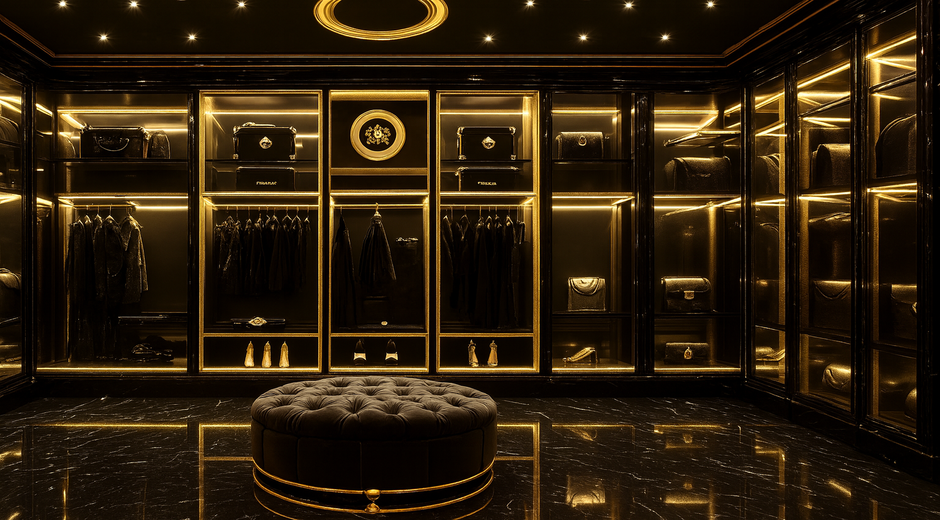History of Fashion: 5 Powerful Shifts in the Last 50 Years
Fashion is more than fabric and style—it is a mirror reflecting society, culture, and identity. Over the last five decades, the History of clothing has been shaped by profound transformations that go beyond hemlines and colors. Each era left a lasting imprint, influencing the way we dress and express ourselves today. To understand the present, we need to look back at the journey of fashion and explore the five powerful shifts that redefined the industry in the modern age.
1. The Emergence of Streetwear
One of the most significant changes in the History of fashion over the past half-century is the rise of streetwear. Beginning in the late 1970s and early 1980s, this movement drew inspiration from skateboarding, hip-hop, graffiti, and surf culture. Unlike the polished runways of Paris or Milan, streetwear came from the streets—unpolished, raw, and deeply authentic.
Brands such as Stüssy and Supreme revolutionized how young people viewed clothing. Instead of simply being about utility, streetwear became a lifestyle statement. Oversized T-shirts, sneakers, hoodies, and graphic logos symbolized rebellion against traditional rules. By the 2000s, this once underground culture collided with luxury, resulting in collaborations like Louis Vuitton x Supreme, which blurred the line between exclusivity and everyday wear.
Streetwear also changed consumer behavior. Limited “drops” created scarcity and hype, influencing how brands market their products today. This was a turning point in retail, as people began lining up for sneakers and hoodies with the same anticipation once reserved for luxury handbags.
2. The Rise of Fast Fashion
The 1990s and early 2000s marked another revolutionary phase in the History of style: the dominance of fast fashion. Global brands like Zara, H&M, Forever 21, and Topshop introduced a business model that redefined how quickly trends could move from catwalks to consumer wardrobes.
Where once fashion cycles followed seasons, fast fashion made weekly micro-cycles possible. A design spotted on a runway could appear in a store within weeks at a fraction of the cost. Suddenly, style became accessible to millions who previously could not afford constant wardrobe updates.
However, the fast fashion boom also carried consequences. Environmental concerns, mass production, and exploitative labor practices came under scrutiny. Documentaries and research revealed the human and ecological costs behind cheap clothing. This awareness sparked debates about sustainability, making fast fashion both a milestone and a catalyst for ethical reform.
3. The Digital & Social Media Transformation
No modern History of fashion can ignore the impact of digital media. The last two decades saw a sharp turn when social media platforms became the new runways.
Magazines once held the monopoly on style guidance, but today, platforms like Instagram, TikTok, and YouTube dictate trends in real time. Influencers and content creators replaced traditional fashion editors as gatekeepers. A single viral TikTok could spark global micro-trends like “Y2K revival” or “cottagecore.”
This democratization disrupted how brands operate. Fashion shows, once exclusive to elite front-row guests, are now livestreamed to millions worldwide. E-commerce integrated with social media allows consumers to buy directly from posts. For the first time in History, the consumer became both the critic and the model.
4. Sustainability and Conscious Consumerism
Another defining chapter in the History of modern fashion is the demand for sustainability. By the mid-2000s, awareness of climate change and unethical labor practices pushed the industry toward a reckoning. Consumers began asking difficult questions: Who made my clothes? What materials were used? At what cost to the planet?
Brands responded with eco-friendly initiatives. Patagonia, Stella McCartney, and Reformation led the way by adopting sustainable fabrics and transparent supply chains. Rental platforms like Rent the Runway and resale sites such as Depop shifted perceptions of ownership, turning secondhand clothing into a symbol of responsibility.
This cultural change reshaped how consumers interact with fashion, moving from blind consumption toward conscious choice. Though challenges remain, this moment in History has made sustainability a cornerstone of style.
5. Gender Fluidity and Inclusivity
Perhaps the most socially impactful change in recent History has been the breaking of barriers around gender and identity. Where once the industry rigidly enforced norms, recent decades have celebrated fluidity, diversity, and inclusivity.
Designers like Alessandro Michele of Gucci embraced androgyny, blurring the lines between masculine and feminine. Unisex collections became mainstream, reflecting broader cultural conversations about gender expression. Celebrities such as Harry Styles, Janelle Monáe, and Billy Porter challenged stereotypes by wearing clothing once deemed “off-limits.”
Inclusivity has also expanded beyond gender. Plus-size models like Ashley Graham, adaptive clothing for people with disabilities, and diverse campaigns marked important milestones. This moment in fashion’s History proves that clothing is no longer about fitting into boxes—it’s about celebrating individuality.
The Interwoven Threads of Change
When we look back, the History of fashion in the last 50 years is not just about aesthetics but about human progress. Each shift reflects broader societal changes: streetwear mirrored youth rebellion, fast fashion echoed globalization, social media democratized influence, sustainability addressed global responsibility, and inclusivity reflected evolving views on identity.
Together, these movements prove that fashion is never just about what we wear. It is about who we are, what we believe in, and how we communicate with the world. As we step into the future, the legacy of this History reminds us that clothing will always remain both a personal choice and a cultural dialogue.
More Inspiration & Resources
For readers who want to dive deeper into lifestyle, business, and cultural insights beyond fashion, here are three valuable resources:
- BeautyUpNest – A platform dedicated to beauty, wellness, and lifestyle inspiration. It provides guides and expert tips to help readers enhance self-care, explore trends, and embrace confidence.
- BusinessForumHub – A resource hub for business and entrepreneurship, covering startup strategies, global trends, and professional growth opportunities.
- StyleRadarPoint – Your go-to destination for fashion insights, style hacks, and modern trend analysis to keep you inspired and ahead in your fashion journey.
Stay inspired, stay stylish, and continue exploring the ever-evolving journey of fashion.
Elegance Insight Expression
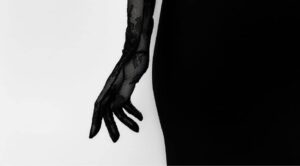
Harmony Elevated: 5 Golden Rules for Poised Perfection
Harmony Elevated: 5 Golden Rules for Poised Perfection reveals how balance, elegance, and confidence come together to create a timeless sense of style and presence.

Skin: 7 Essential Rules for Glowing Perfection
Skin: 7 Essential Rules for Glowing Perfection reveals expert tips and timeless rituals for radiant skin. A blend of science, beauty, and refined self-care that transforms your daily routine into a glow-worthy ritual.

Fall 2025 Unstoppable Trends: Bold Styles You Can’t Miss
Step into the season with confidence! Discover the most unstoppable Fall trends of 2025, from bold textures to statement colors, that are set to redefine your wardrobe this year. Whether you love timeless classics or daring new looks, these styles will keep you ahead of the fashion curve.

Secrets: 7 Powerful Beauty Tips Every Woman Should Know
Discover the timeless secrets behind true beauty. From simple self-care rituals to confidence-boosting practices, these 7 powerful tips will help every woman enhance her natural glow, embrace her uniqueness, and feel radiant inside and out.

